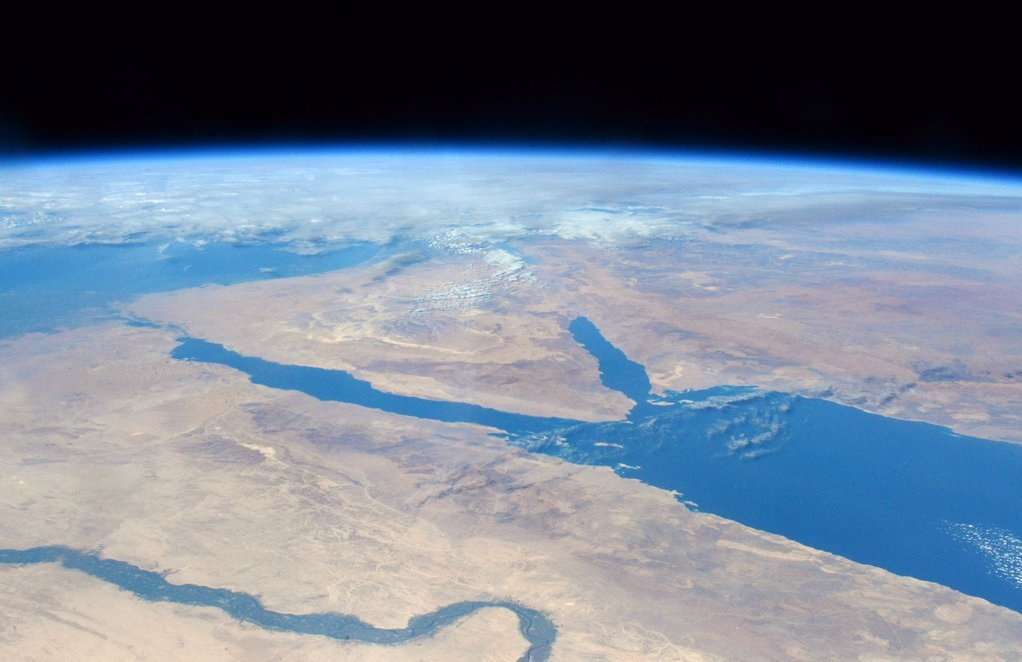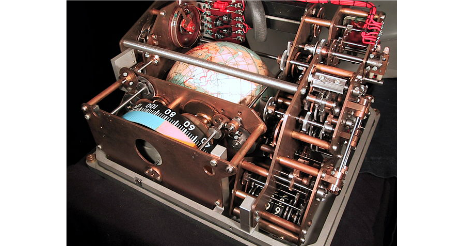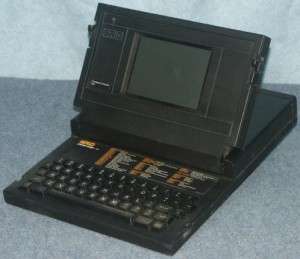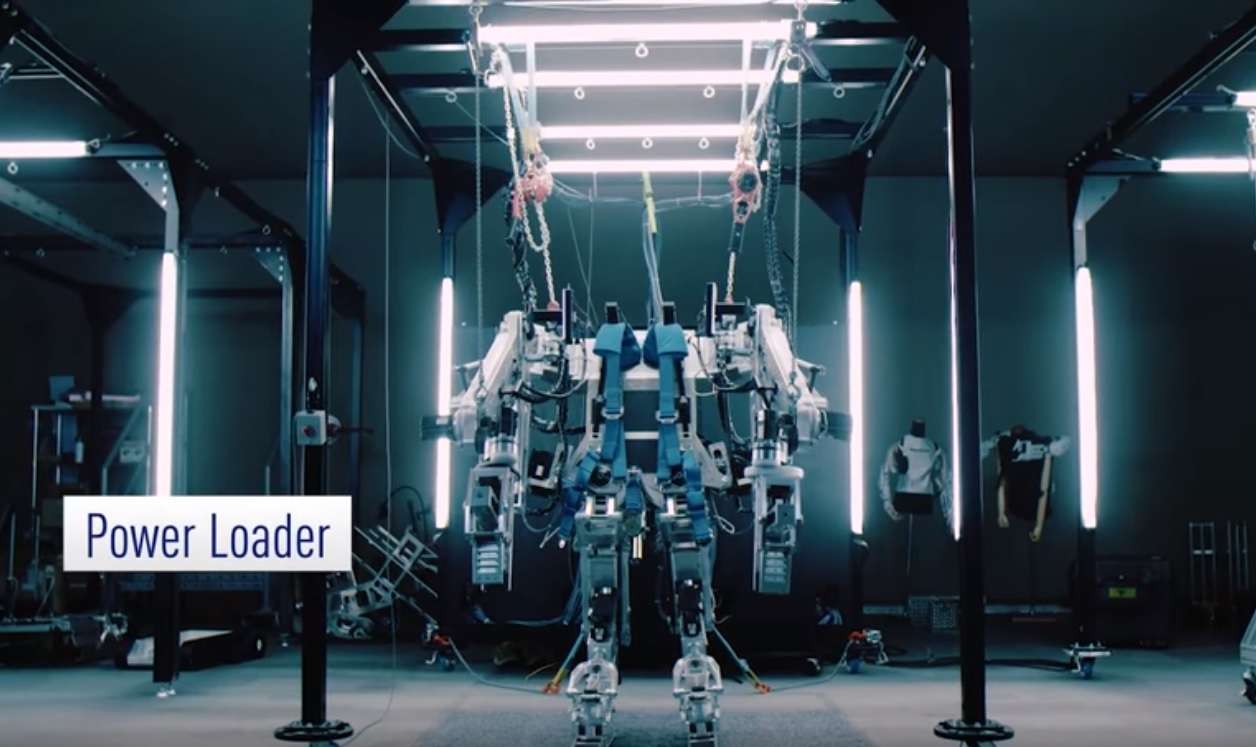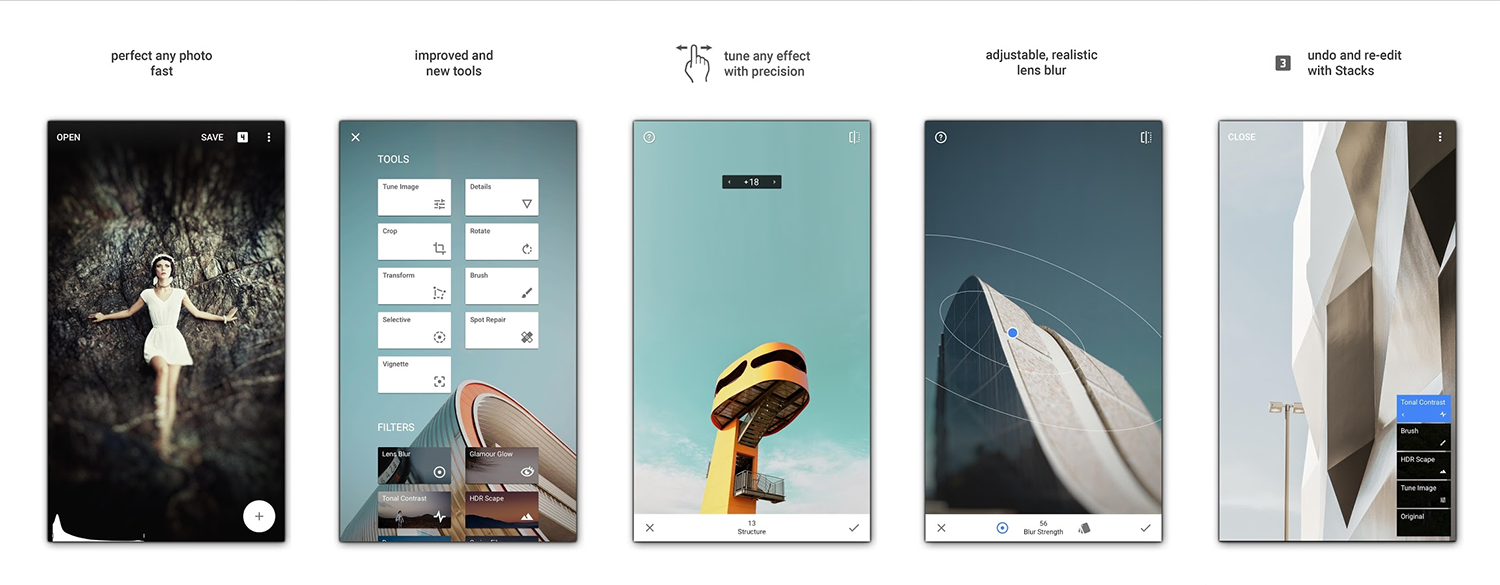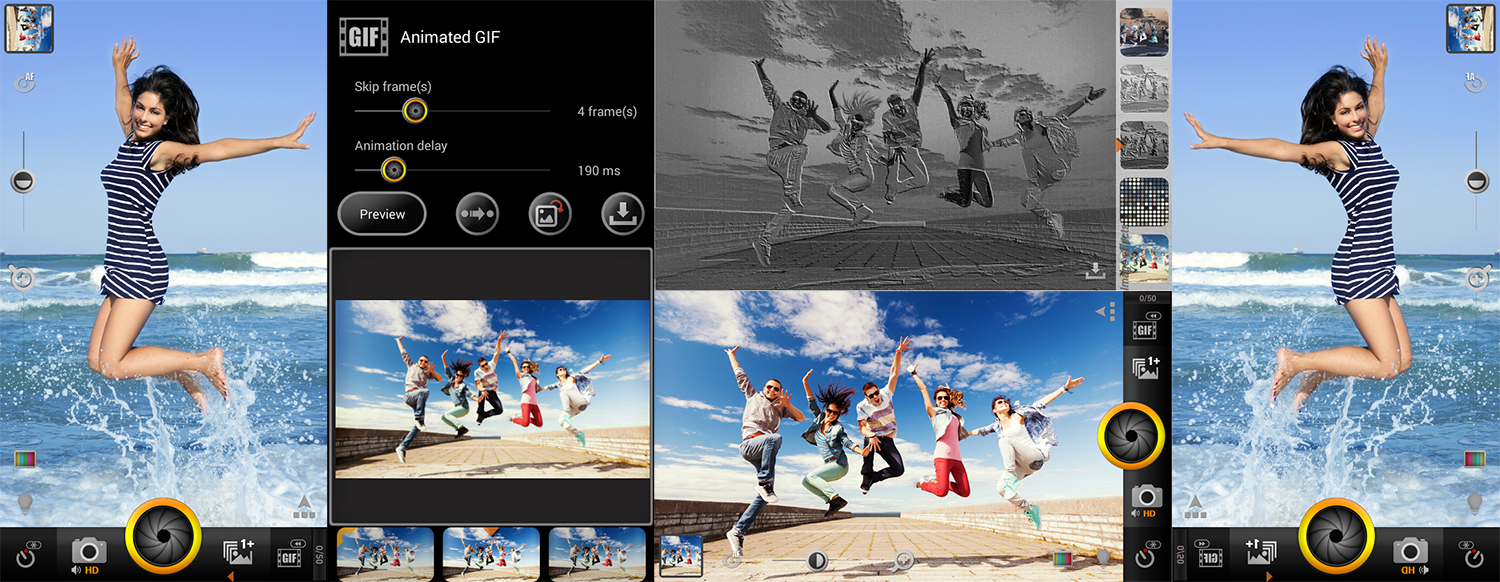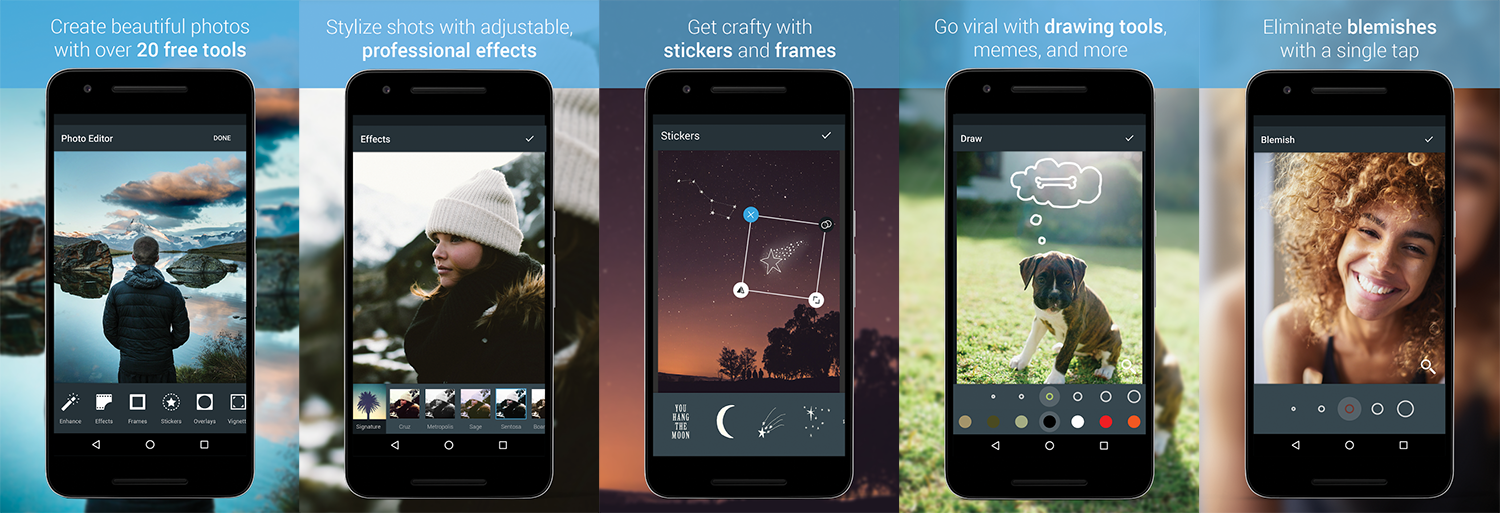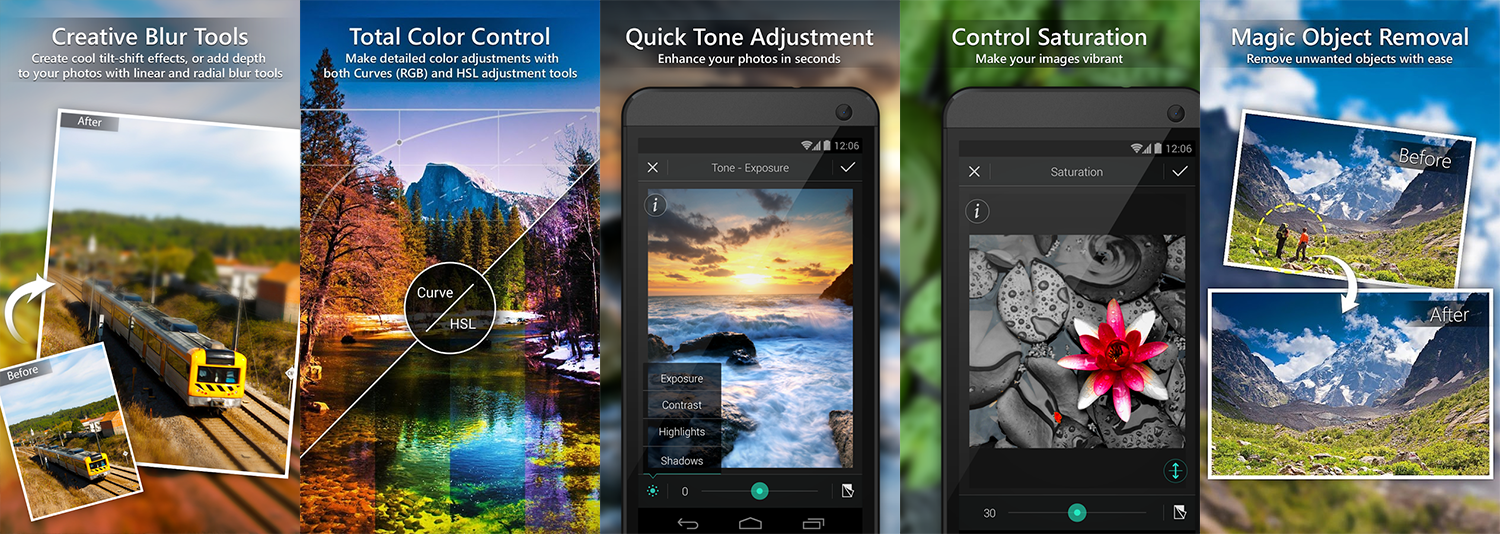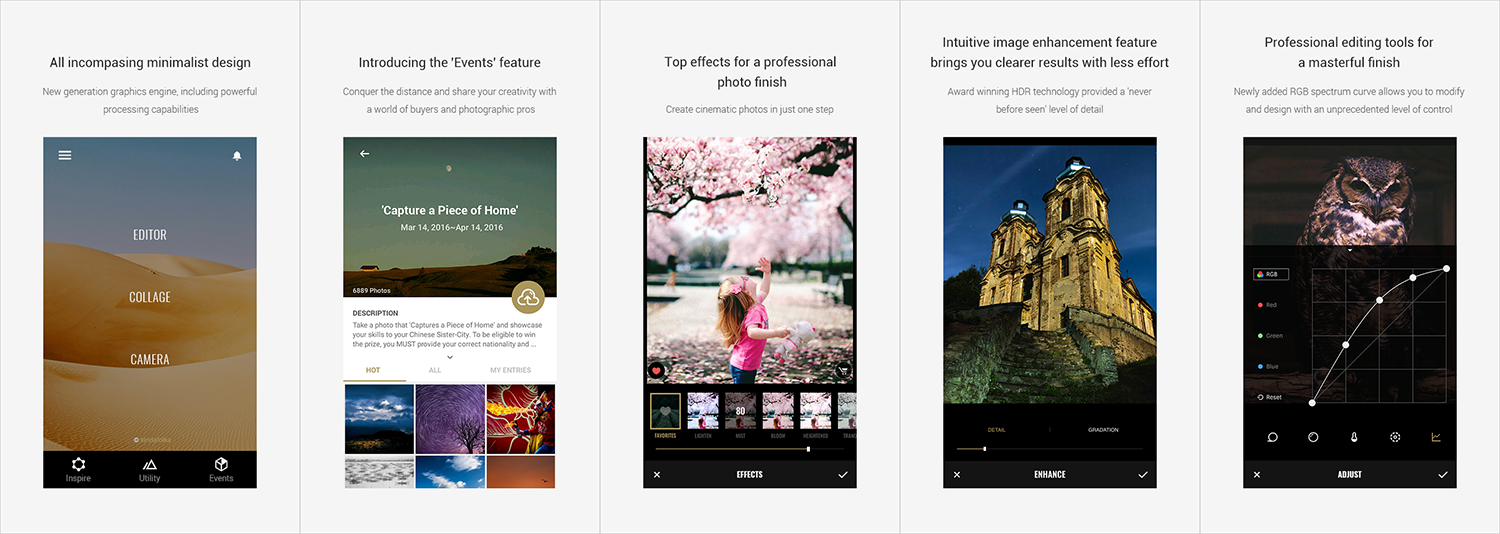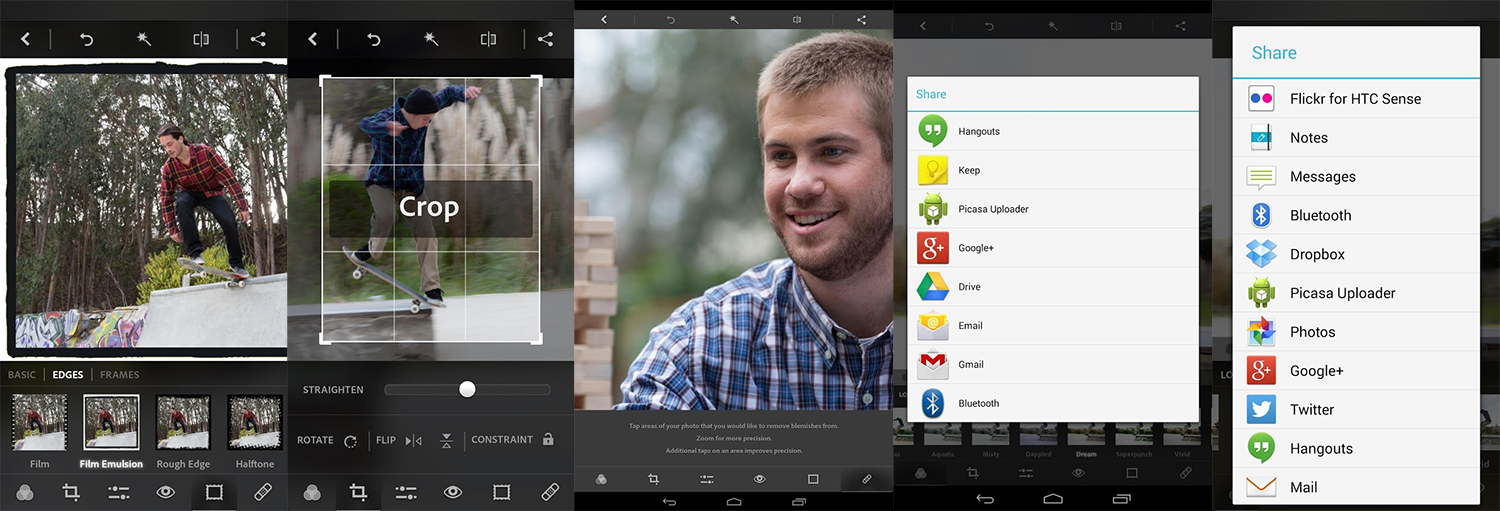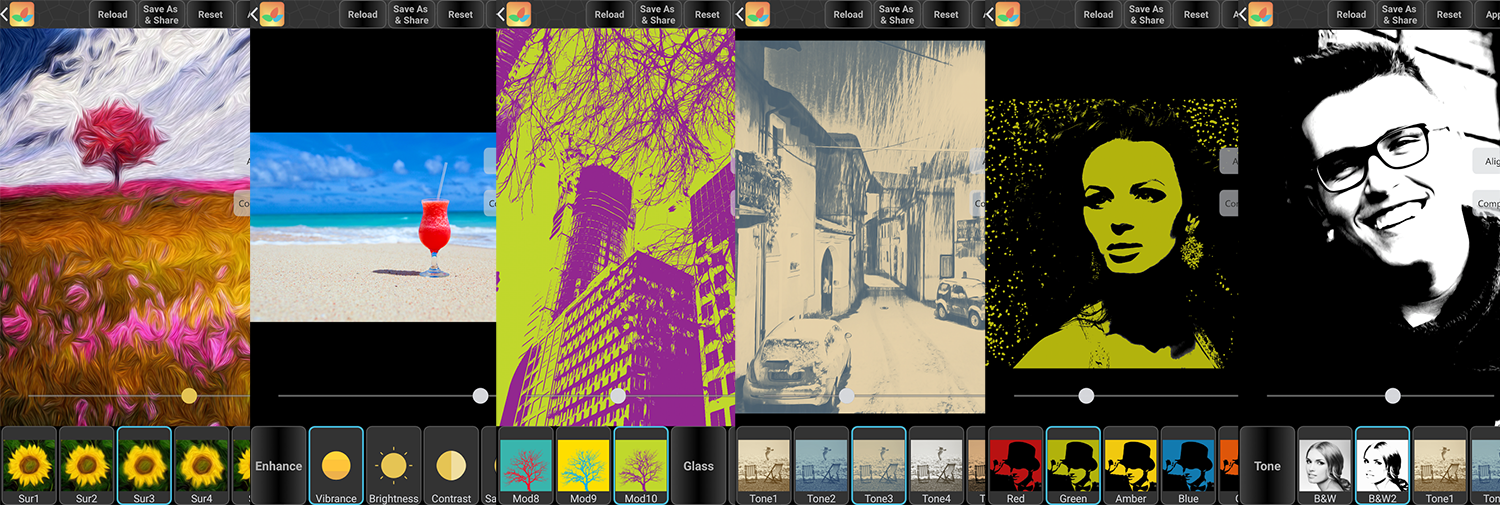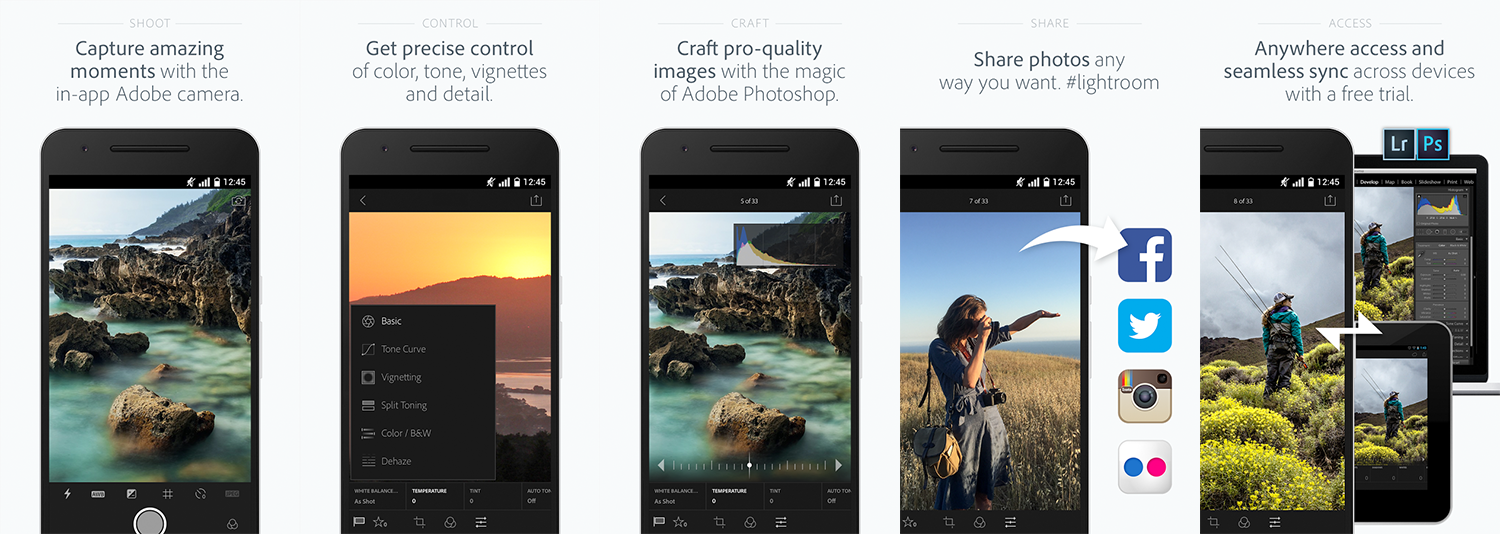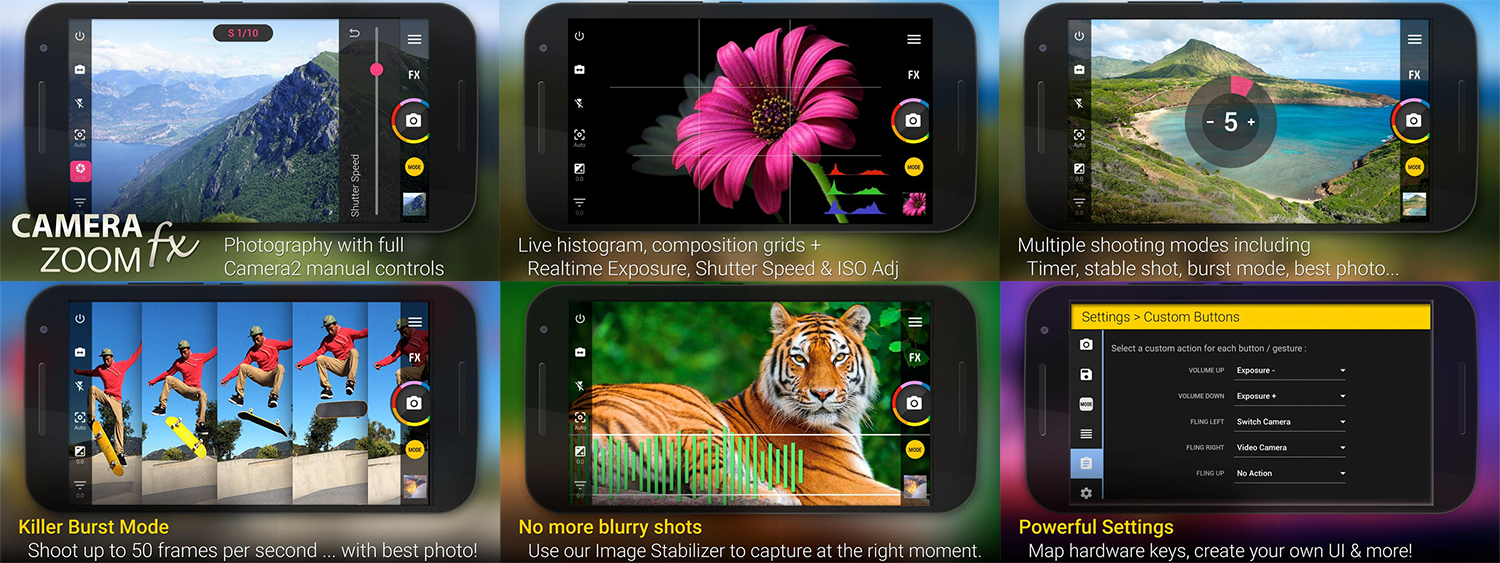YURI GAGARIN BLASTED OFF FROM EARTH 55 YEARS AGO WITH AN EXTRAORDINARY DEVICE THAT LET HIM KNOW HIS LOCATION.
12 April 1961 – the first manned space flight
It took less than an hour and a half to orbit the Earth, but Russian cosmonaut Yuri Gagarin made history as the first person in space aboard his Vostock spacecraft.
And while the total mission only lasted 108 minutes, it was an extraordinary triumph of science – especially considering the technology that was used to send the first person into space.
The Globus IMP
We might now be familiar with people blasting off into space and are even able to track them on the internet, but back in 1961 it was a different scenario.
And that was also the case for those early space pioneers who had a mechanical computer that had an actual mini globe at its heart to let them know where they were in relation to the Earth.
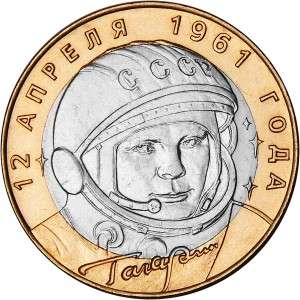
Russian coin to celebrate Gagarin’s historic space flight
The analogue Globus IMP was used on that first manned space flight and, in successive developing versions, went to be used in countless Soviet and Russian space missions right up until 2002.
The IMP acronym comes from the Russian expression of “Indicator of position in flight” .
A mechanical computer
Unlike modern digital computers which are made from electronic components, a mechanical computer is made from levers, gears and other mechanical components.
Rather than provide computed output in digits, mechanical computers do this through displacements of indicator surfaces.
So, the Globus was designed to work out the co-ordinates of the spacecraft in relation to where it was flying over on the Earth’s surface and display it to the crew thanks to the rotating globe.
Emergency backup
For Gagarin’s space flight, his ship was largely automated and controlled from Soviet mission control – and cosmonauts could use Globus readings to confirm the automated flight systems were working. It could also give their geographical location when overflying parts of the Earth at night or when viewing portals couldn’t be pointed towards the ground.
But if there was a problem, this mechanical computer could become crucial – including one mission in March 1965 when there was a malfunction on re-entry.
The space race fuelled by “low-tech” by today’s standards
Fast forward a few years from Gagarin’s historic 1961 space flight, to July 20 1969 when Neil Armstrong was the first human to step onto the moon.
The guidance system used to get him there had around 64KB of memory – that’s 8,000,000 times LESS than the highest capacity micro SD memory cards, which are so small and affordable that they fit into smartphones, tablets and other everyday devices.
NEED A MEMORY CARD FOR YOUR SMARTPHONE – CLICK HERE FOR LOW PRICES AT 7DAYSHOP.COM
The Apollo Guidance Computer (AGC) was more basic than the electronics in modern toasters, according to a Computer Weekly report.
It really does show that human space travel has truly been a huge leap for mankind.
Sources: livescience.com, Wikepedia.org, 7dayshop blog. Photos: Globus navigation instrument By Francoisguay – Own work, CC BY-SA 3.0, https://commons.wikimedia.org/w/index.php?curid=17158401. Gagarin coin by Numizmat 675 (Own work) [Public domain, CC BY-SA 3.0 (http://creativecommons.org/licenses/by-sa/3.0) or GFDL (http://www.gnu.org/copyleft/fdl.html)], via Wikimedia Commons
MORE TOP STORIES – CLICK BELOW
